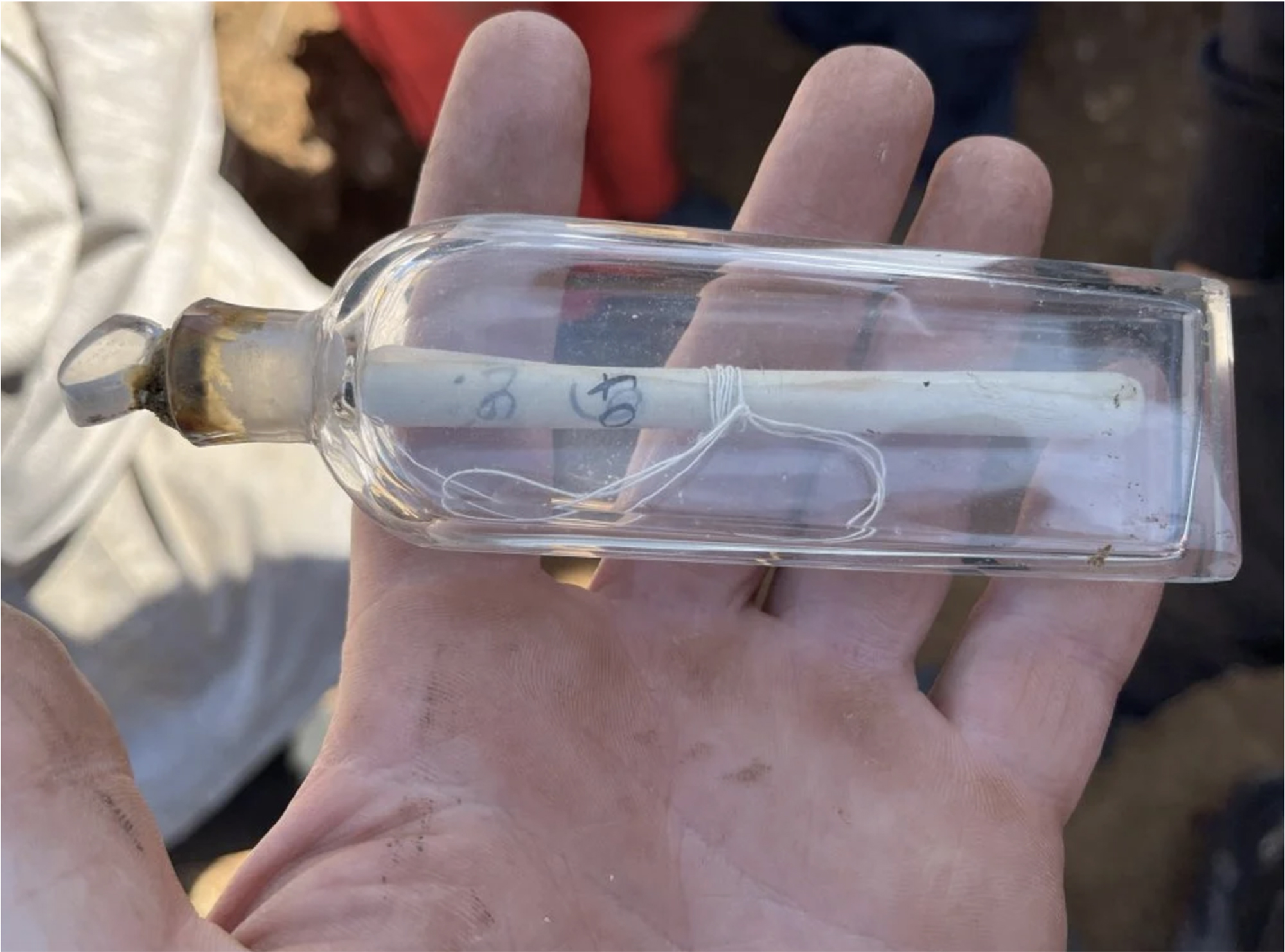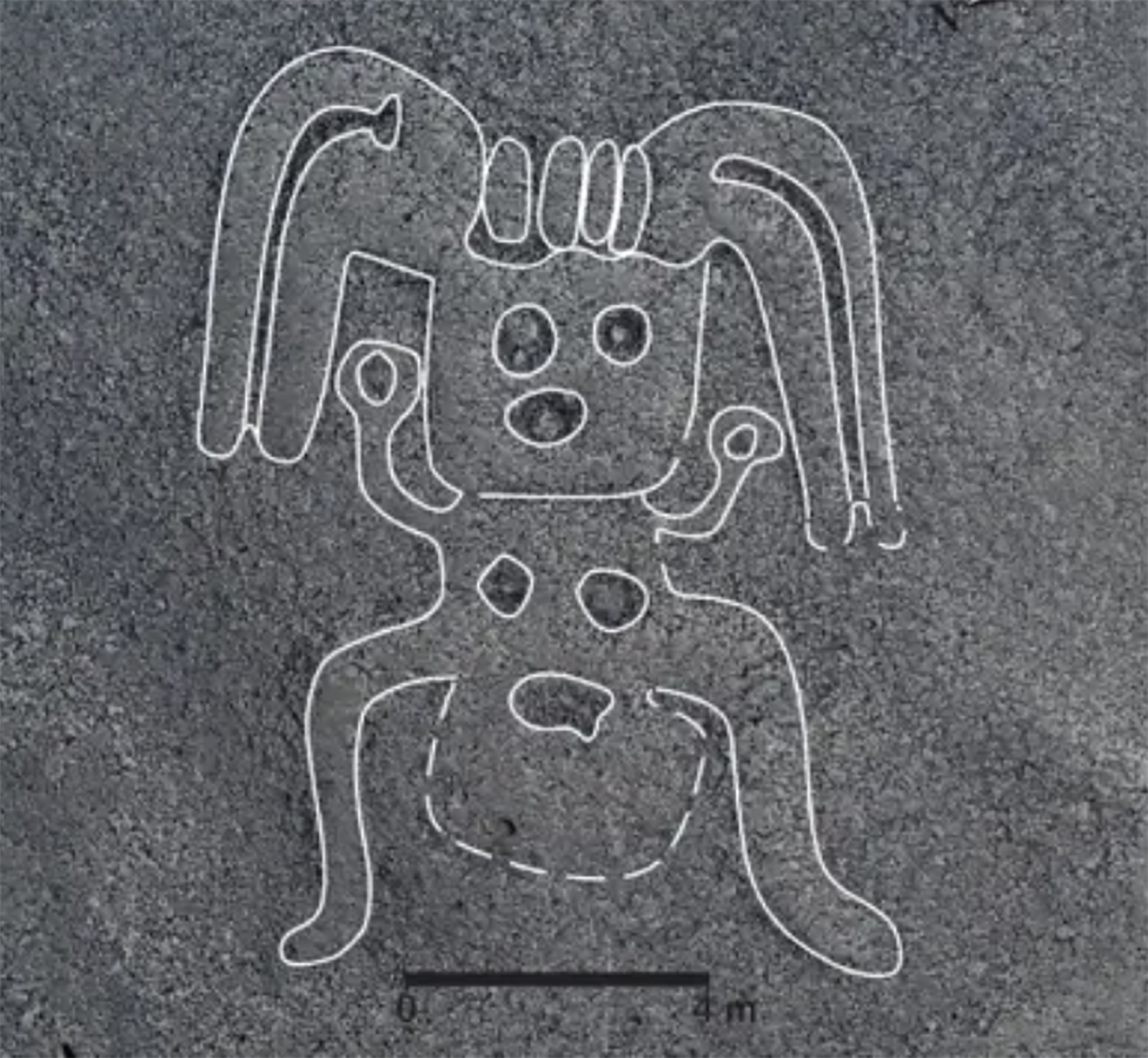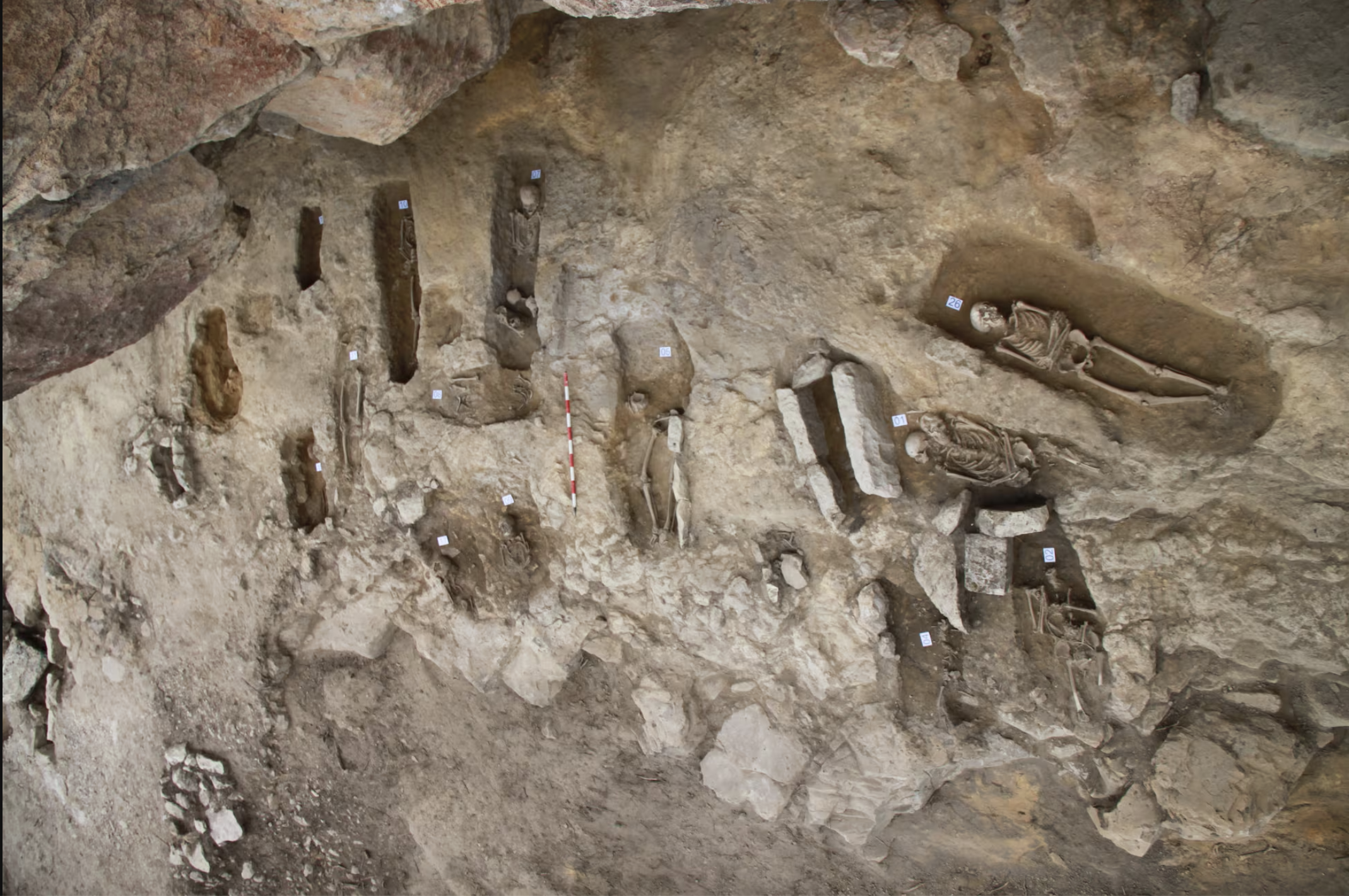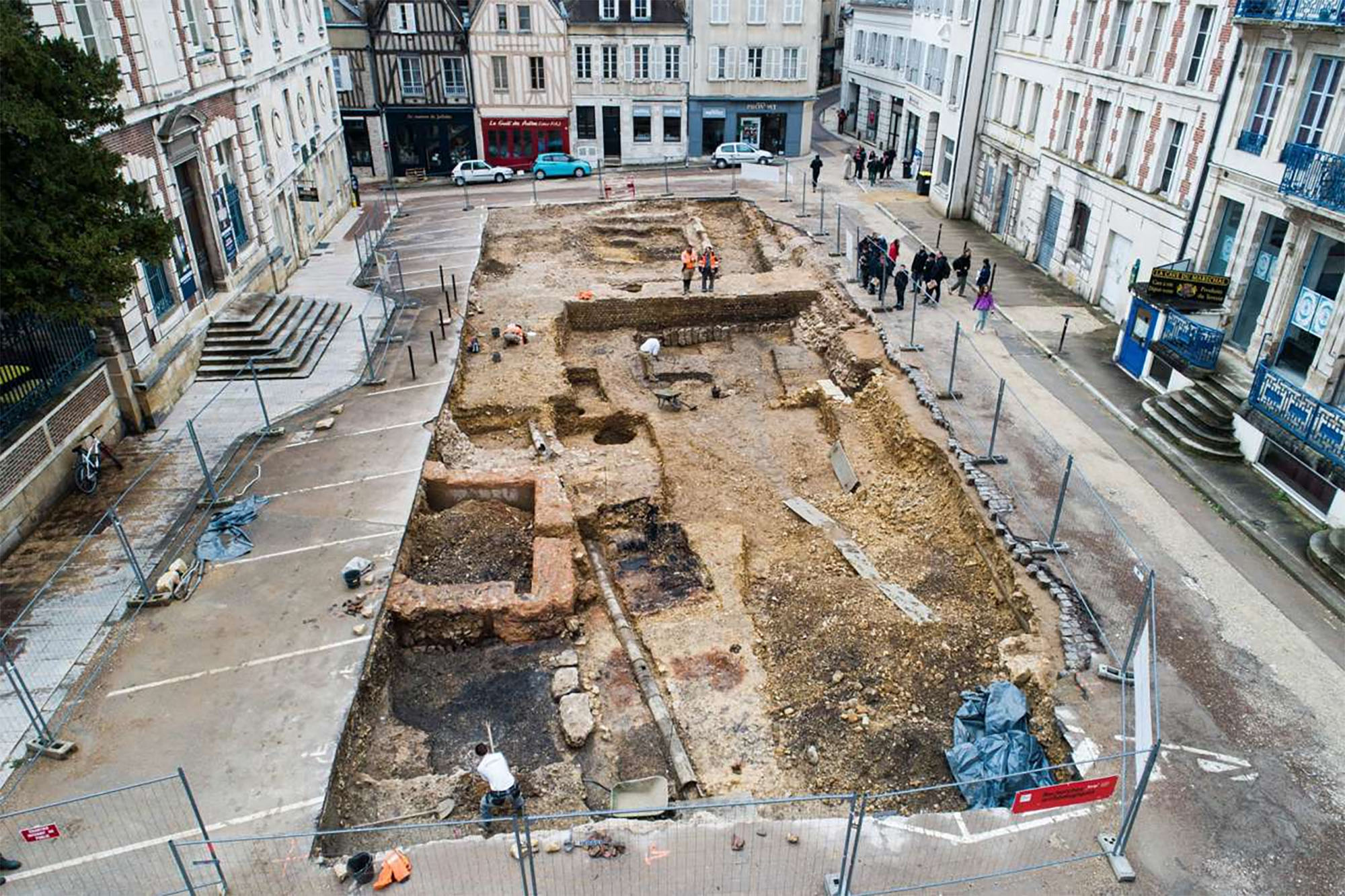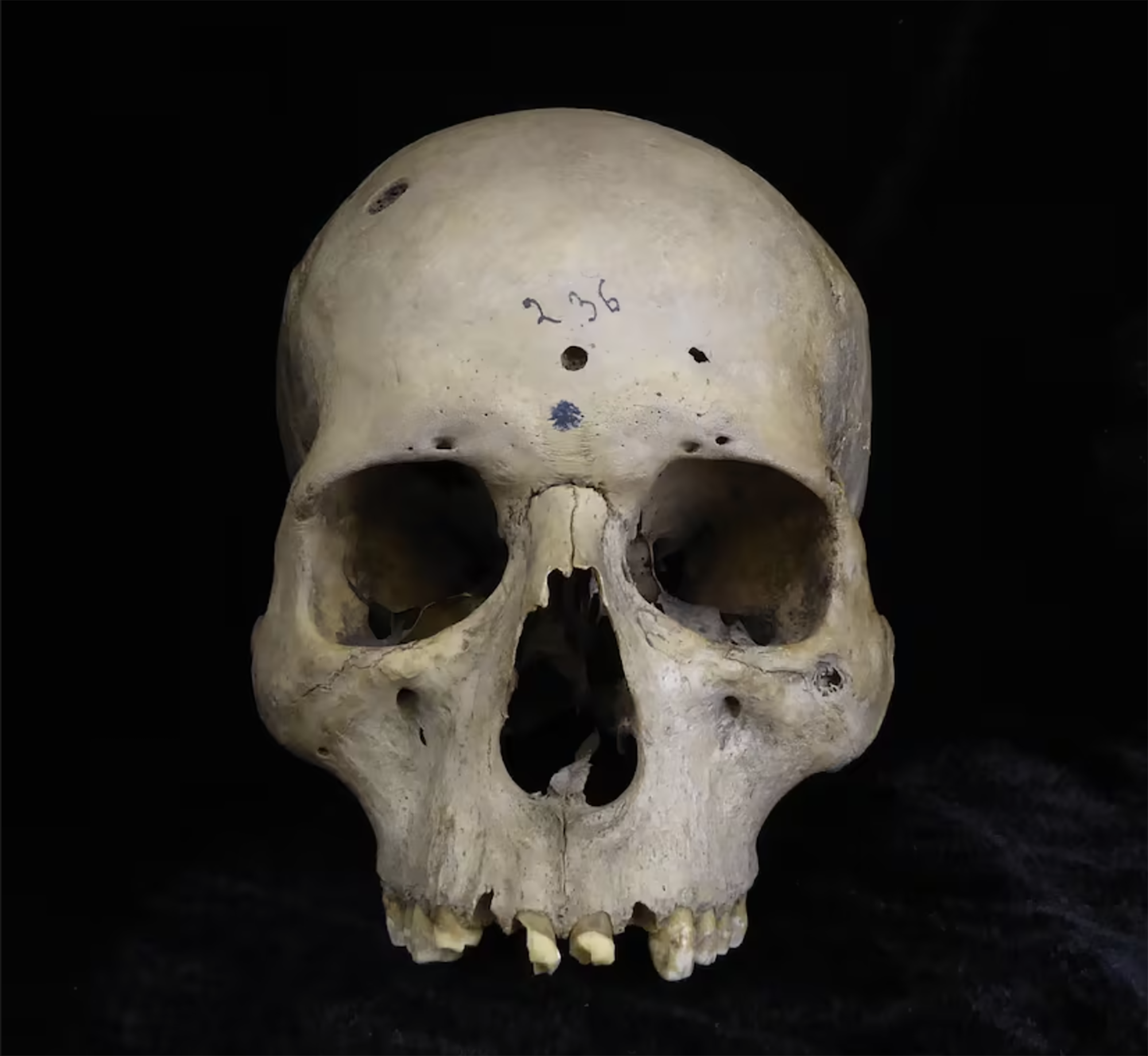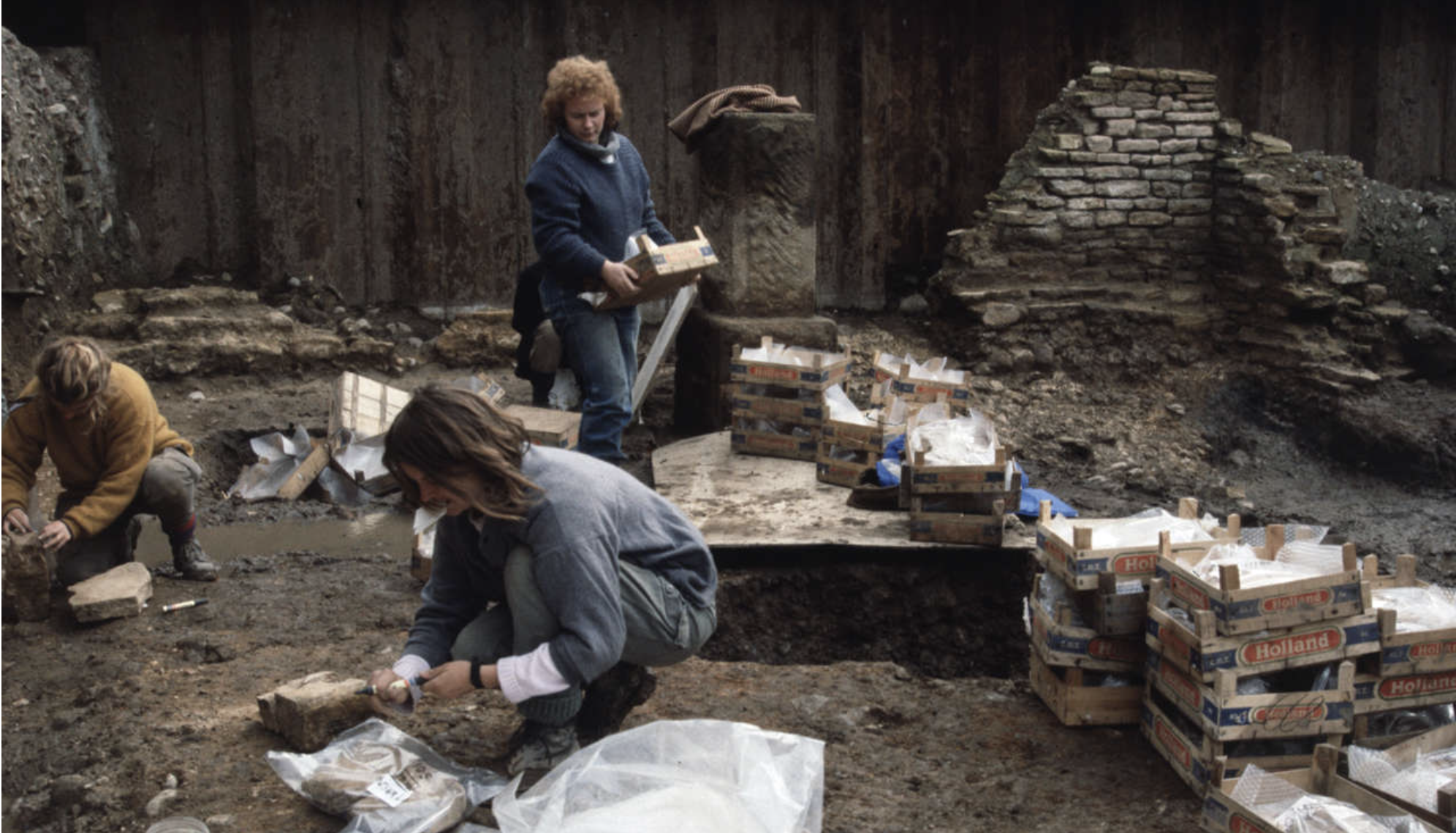"Fire is probably the cause of our being here today."
- Stone against stone. Every year, during the Barrika festivities, the algortarra Iñaki Libano turns on the fire of St. John's Eve, just as did the Neanderthals who lived about 100,000 years ago. Libano is an amateur archaeologist, but with a long experience, who has acted in the last 40 years in numerous deposits of all ages. Along the way, at some point, he found experimental archaeology. Learn the practice to understand the theory.
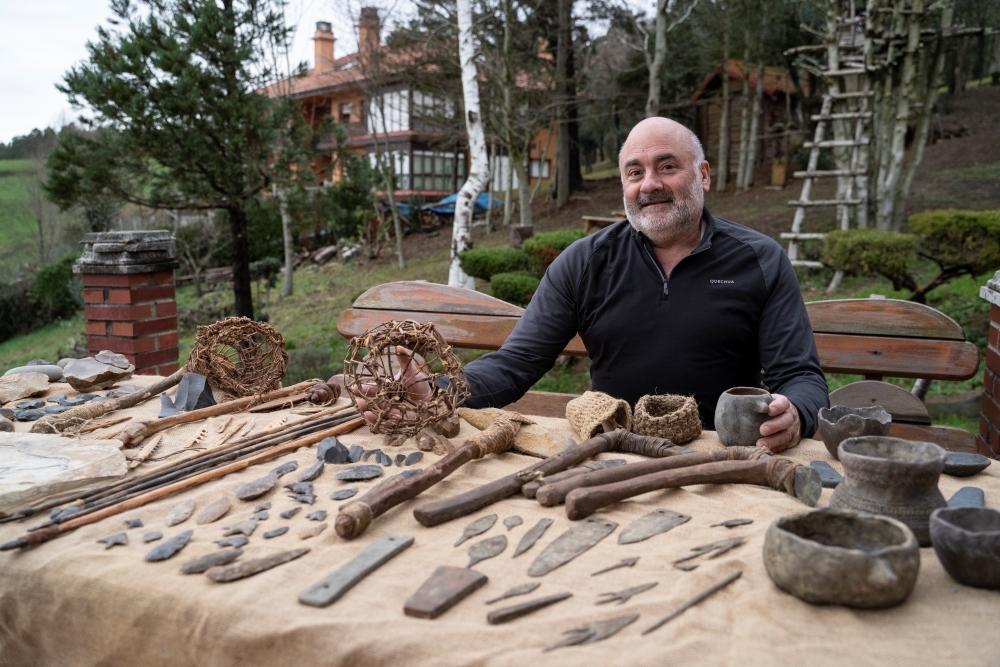
Experimental archaeology. What is that?
I like to do things with my hands, and in order to spread the deposits, it's important to know how they made their utensils in prehistory, from the Paleolithic inferior to the Neolithic. I did a number of courses, and so I approached a field that few people work in Bizkaia. Currently, only two of them are pressurized throughout the country (as in the Copper Age), and two others by percussion (as in the Paleolithic). I usually do demonstrations in museums and schools, and I've given courses to history students.
Are special skills required?
You need skilled hands, but anyone can learn that. However, adequate material is needed. Sylex. If not, party. And in this area we have a lot, on Mount Kurtzio in Barrika. The main quarry of the entire Cantabrian coast was that of Kurtzio in prehistory. From here is the best sylex and has appeared in many places: La Rioja, Asturias, France... All the sylex are different and each one has its own brand. Color, granulometry, fossils... That's why we know where they are from.
Why do we spend so much money and time getting to know such a distant past?
Well, not so much money, ha ha ha. Yes, many hours. Look, it's culture. Curiosity. To think that in this place where we are now there were Neanderthals (our cousins)...
Cousins. Is there still debate about hybridization between Neanderthals and sapiens?
None. We have their genes, that is demonstrated by research (I say because I've read it, I'm not genetic). When the sapiens arrived in Europe there was a cross. Not much, it wasn't a tremendous orgy, but there was. And then they spread across Europe. If we were tested now, we would find Neanderthal genes.

So did the Neanderthals disappear or have they been diluted?
Disappear. Probably because of the population pressure of sapiens, the lack of prey to hunt... Some say it was because of the cold, but the Neanderthals had been here for 200,000 years bearing the cold, the heat and everything. The truth is that the sapiens had a better technique to hunt, they were able to kill an animal located 10-15 meters away. The Neanderthals, for their part, were to approach the beast's back and kill the prey by spear, between 8 and 10, like the lions. This resulted in bone fractures, serious injuries and occasional deaths. Women and men hunted together; it is not true, as has been said, that women are marginalised, because their traces have the same fracture as men. On the other hand, they had communication, but they weren't able to sew the words one after the other, like the sapiens did. And the ability to talk is also very important when it comes to hunting.
You also know how to make fire as a paleolithic...
Yes, in all of Bizkaia we know two.
Is ours the only animal species that is not afraid of fire?In general, yes, but none of the animals that get used to
it are afraid of fire, like the ones that live inside the house with us. In any case, we too are frightened by the fire, but we control it. The first to use them were those of Australopit (and they feared him), but they didn't control, they didn't know how to create. We know that they used it 1.4 million years ago because carbon remains appear in the deposits. But there are millenary periods with no trace, which means they couldn't turn on. They knew it was good, and when it happened to them, they took it from nature. About 400,000 years ago, the homo heidelbergensis species, pioneering Neanderthals, learned how to fire. This allowed warming, burning food (more food is taken because digestion is easier), and for something less quoted but perhaps more important: lengthening the time. If you can't see anything in the darkness of the night, you're all asleep. But by being next to the fire, you have all the time you want to convey knowledge, to teach the little ones to make tools ...
Did the fire make us more human, in the sense that we give today to that word?
Yes. And fire is probably the reason for being here today. These include the increase in the brain caused by fire as a result of improved feeding.
Were there specialists, or did everyone know how to fire? Any
child knew it. The hypothesis is, of course, but it can be considered certain that, being one of the keys to survival, they learned from a young age. Today, for example, as children learn from the Masai lineage, they do so as they did in prehistory.
make fire is to hit it. If we hit the silex with an iron ore stone (this pyrite, for example) a spark is produced in this way [while giving us explanations, Lebanon is performing a practical demonstration]. In Prehistory, they realized that they were hitting the sylex to make supplies, and then they would start controlling the fire. Look at the little spark with which you have to start the fire. It seems that it depends on chance, but it's not; if I kept doing this, I turned it on in five minutes, and they also did it the same. Before you can’t.”
Ethiopia, 24 November 1974. Lucy's skeleton was found in Hadar, one of the oldest traces of human ancestors. The Australian hominid of Australopithecus afarensis is between 3.2 and 3.5 million years old.
So they considered it the ancestor of species, the mother of all of us. In... [+]
While working at a site in the Roman era of Normandy, several archaeology students have recently made a curious discovery: inside a clay pot they found a small glass jar, of which women used to bring perfume in the 19th century.
And inside the jar was a little papelite with a... [+]
A team of researchers led by the Japanese archaeologist Masato Sakai of the University of Yamagata has discovered numerous geoglyphs in the Nazca Desert (Peru). In total, 303 geoglyphs have been found, almost twice as many geoglyphs as previously known. To do so, researchers... [+]
Treviño, 6th century. A group of hermits began living in the caves of Las Gobas and excavated new caves in the gorge of the Laño River, occupied since prehistory. In the next century, the community began to use one of the caves as a necropolis. In the 9th century they left the... [+]
On August 1, a dozen people from the family were in Aranguren. Two young people from Aranzadi made firsthand the excavations and works being carried out in Irulegi. This visit is highly recommended, as it reflects the dimension of the work they are doing.
Halfway, at the first... [+]
In the desert of Coahuila (Mexico), in the dunes of Bilbao, remains of a human skeleton have been found. After being studied by archaeologists, they conclude that they are between 95 and 1250 years old and that they are related to the culture of Candelaria.
The finding has been... [+]
The Roman city of Santakriz is an impressive archaeological site located in Eslava, near Sangüesa. Apparently, there was a fortified people of the Iron Age, and then the Romans settled in the same place. Juan Castrillo, himself a priest of Eslava, gave the site for the first... [+]
This winter the archaeologists of the INRAP (National Institute of Preventive Archaeological Research) have found a special necropolis in the historic centre of Auxerre (French State), a Roman cemetery for newborn babies or stillbirths. - Oh, good! The necropolis used between... [+]
Two years ago, the Catalan archaeologist Edgard Camarós, two human skulls and Cancer? He found a motif card inside a cardboard box at Cambridge University. Skulls were coming from Giga, from Egypt, and he recently published in the journal Frontiers in Medicine, his team has... [+]
York, England, 2nd century. Various structures and houses were built in the Roman city of Eboracum. Among others, they built a stone building in the present Wellington Row and placed an arch in the wall that crossed the Queen’s Hotel. Both deposits were excavated in the second... [+]












